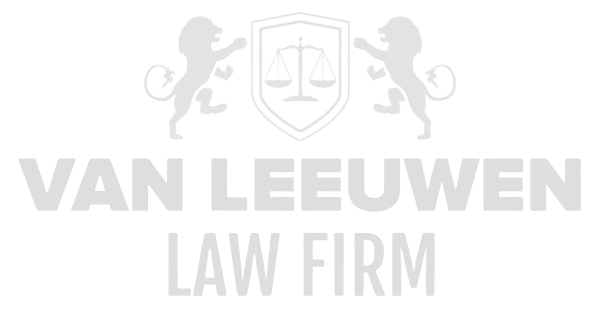Cloud Security within Cyber Defence & Engineering (CDE) forms an essential foundation for preventing and managing fraud risks in dynamic cloud environments. This practice involves securing the infrastructure, platforms, and applications running on public, private, and hybrid clouds against unauthorized access, data breaches, and advanced cyber threats. Through a combination of technical, organizational, and procedural measures, a robust resilience is established against potential financial and reputational damage. Continuous monitoring of cloud workloads, automated compliance checks, and threat intelligence integration ensure that anomalies and suspicious patterns are detected and neutralized in a timely manner before incidents such as financial mismanagement, fraud, bribery, money laundering, corruption, or violations of international sanctions can occur.
Financial Mismanagement
In cloud environments, financial mismanagement can arise from unintentional or malicious configuration errors, such as incorrectly set access policies for storage accounts or exceeding budget limits that result in exorbitant cost charges. Automated security scans for Infrastructure as Code (IaC) detect misconfigurations in Terraform or CloudFormation scripts before deployment. Detailed cost analytics and anomaly detection algorithms analyze spending patterns and compare them with historical usage to flag unexpected cost increases. By enriching reports with IAM logs and resource tagging, the origin of costs can be precisely traced, making accountability chains for cloud resources transparent and audit-proof.
Fraud
Cloud-based fraud techniques include the misuse of stolen API keys, account takeovers, and the setup of compute instances for malicious purposes (such as cryptomining). Advanced machine learning models within Security Information and Event Management (SIEM) systems correlate metrics from VMs, serverless functions, and database activity to identify anomalous usage patterns—such as unusually high network I/O or unauthorized scaling events. Upon detection of suspicious API calls or unusual IAM activities, an automated response playbook is triggered, invalidating compromised credentials and quarantining all suspicious workloads for forensic investigation.
Bribery
Digital bribery using cloud applications can occur through unauthorized modifications of contract data in SaaS platforms or manipulation of billing systems hosted in the cloud. Implementing end-to-end encryption for data in transit and at rest, combined with encryption keys managed within Hardware Security Modules (HSMs), ensures that confidential business documents and financial files cannot be corrupted without detection. Changes to contracts, invoices, and pricing agreements are recorded via immutable audit trails—using append-only object storage and blockchain-like chains—so that every change can be conclusively verified, eliminating the possibility of covert bribery transactions.
Money Laundering
Cloud environments offer scalable processing capacity for automated transaction flows, increasing the risk of money laundering via API-driven payments and virtualized payment gateways. Micro-segmentation and network policies at the Virtual Private Cloud (VPC) level ensure that financial services are accessible only through strictly controlled subnets. Deep Packet Inspection (DPI) combined with advanced data analysis detects anomalies in transaction volumes, and pattern recognition techniques flag fragmented or sequential transactions typical of structuring practices. Suspicious Activity Reports (SARs) are automatically generated and scheduled for review by compliance analysts once threshold values or risk profiles are exceeded.
Corruption
In cloud-based governance and decision-making platforms, corruption can manifest as unauthorized changes to policies, procurement workflows, or audit configurations. Integrity monitoring services continuously compare hashes of critical configuration files and policy documents against a certified baseline to detect unwanted modifications immediately. Role-Based Access Control (RBAC) and Just-In-Time (JIT) privilege provisioning limit exposure of sensitive environments, while periodic penetration tests and red teaming exercises assess the effectiveness of controls. Upon detection of potential corrupt practices, a strict escalation protocol is initiated, including automated notifications and detailed audit logs for legal and regulatory authorities.
Violations of International Sanctions
Cloud environments are often used for global collaboration, which increases the risk of inadvertently facilitating sanctioned entities. Real-time sanctions list checks on IAM principals, service accounts, and configured API endpoints prevent access from being granted to parties on international watchlists. Geo-fencing features in the cloud environment ensure that recognized workloads cannot communicate from or to sanctioned regions. Event-driven alerts and policy-as-code frameworks (such as Open Policy Agent) automatically validate every deployment against up-to-date sanctions lists and compliance requirements. Upon detecting a potential violation pathway, a blocking rule is immediately activated and a detailed compliance report generated for regulators.









